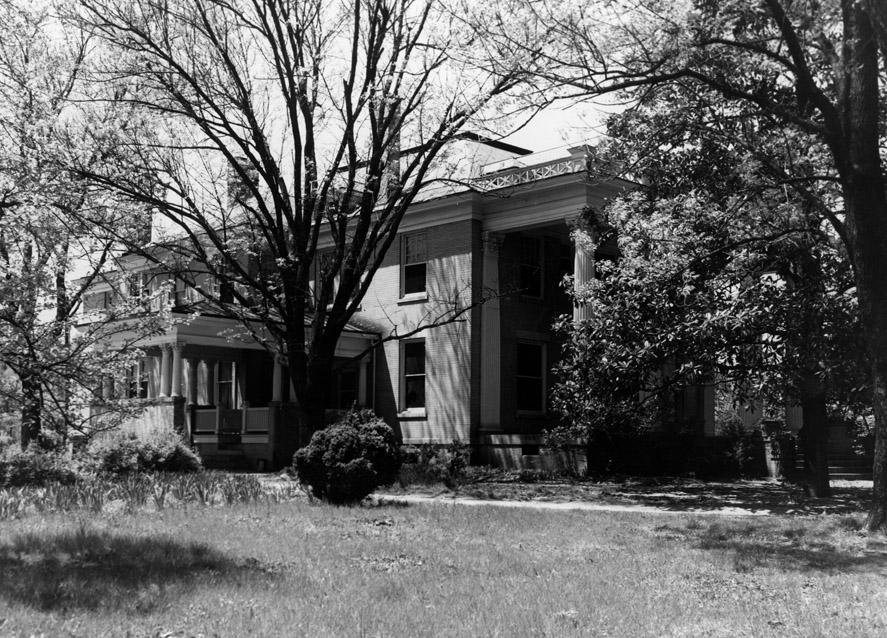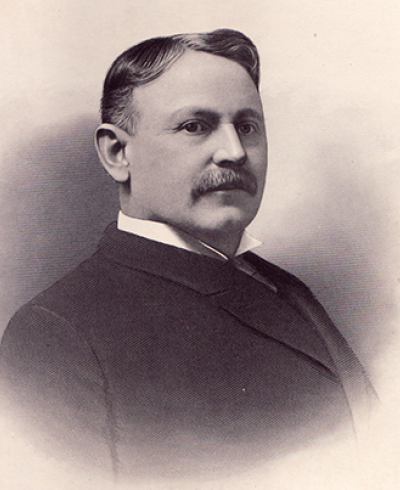Support OpenDurham.org
Preserve Durham's History with a Donation to Open Durham Today!
OpenDurham.org is dedicated to preserving and sharing the rich history of our community. Run by our parent nonprofit, Preservation Durham, the site requires routine maintenance and upgrades. We do not ask for support often (and you can check the box to "hide this message" in the future), but today, we're asking you to chip in with a donation toward annual maintenance of the site. Your support allows us to maintain this valuable resource, expand our archives, and keep the history of Durham accessible to everyone.
Every contribution, big or small, makes a difference and makes you a member of Preservation Durham. Help us keep Durham's history alive for future generations.







Comments
Submitted by Anonymous (not verified) on Mon, 7/20/2009 - 3:18pm
Another darned shame. That looked like a nice home.
Submitted by NorfolkBoy (not verified) on Mon, 7/20/2009 - 4:56pm
St. Joseph's Episcopal Church survives and is indeed thriving.
Submitted by Anonymous (not verified) on Tue, 7/21/2009 - 1:01am
Was any part of this home salvaged? Columns, doors?
By 1975 there was some interest in and understanding of historic structures.
Add new comment
Log in or register to post comments.